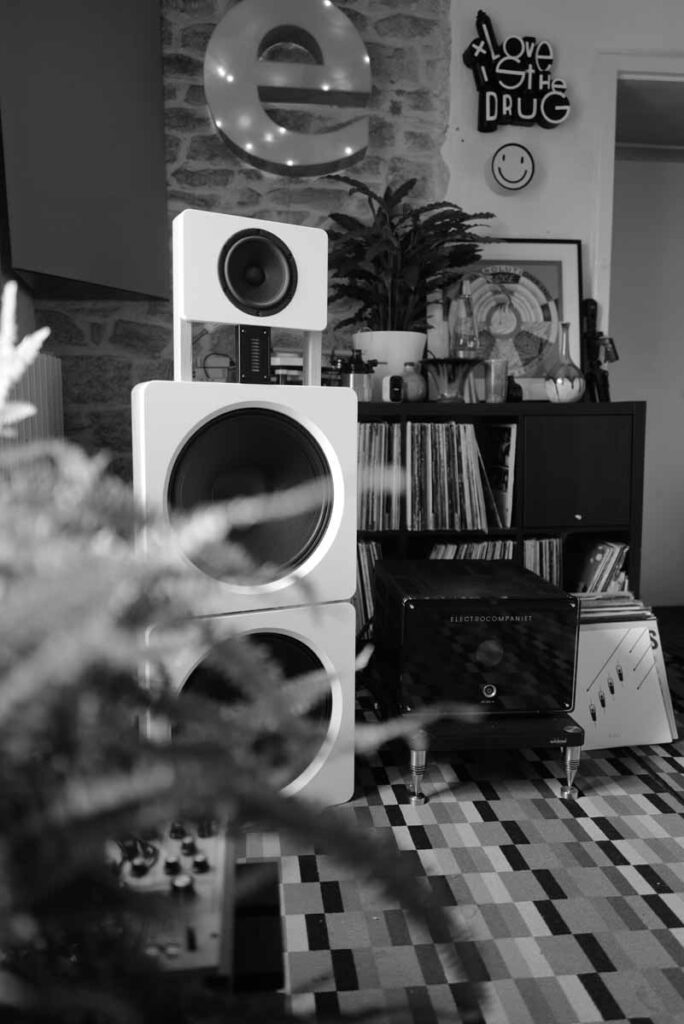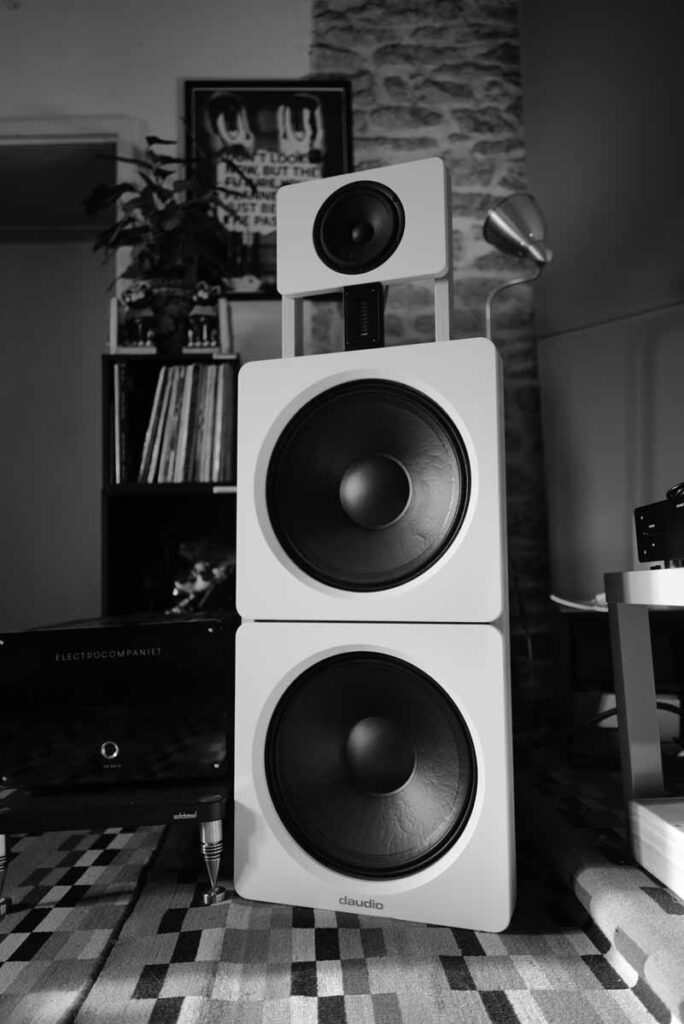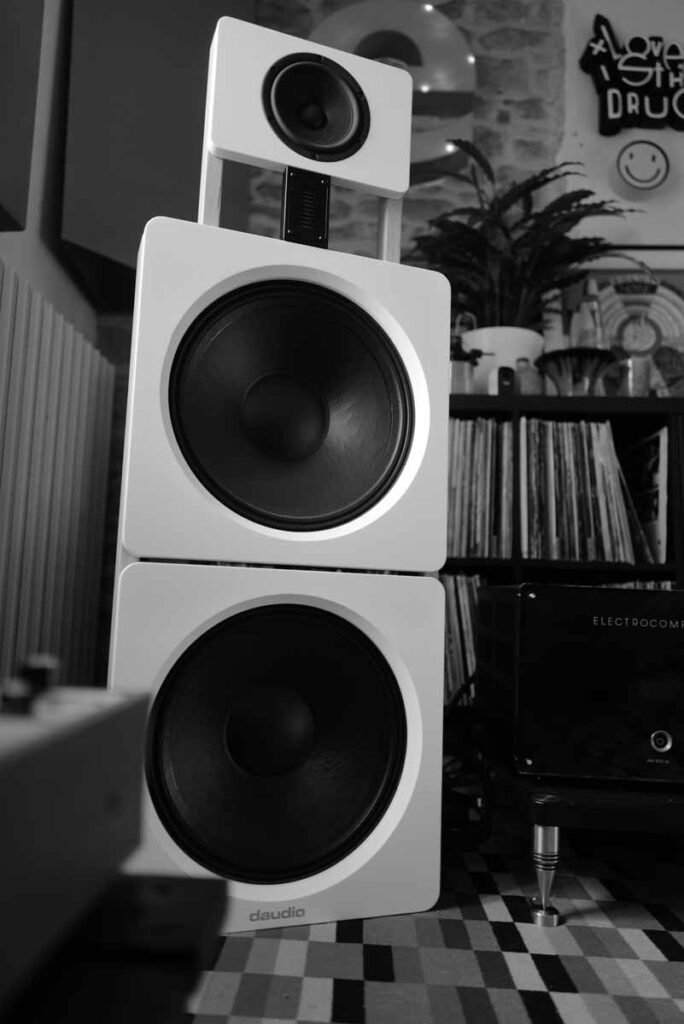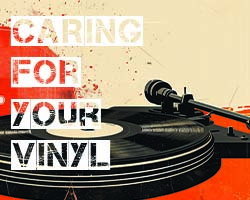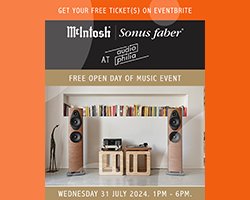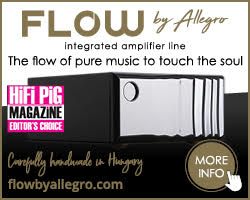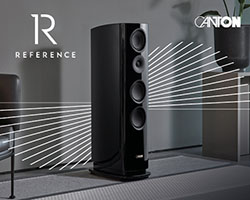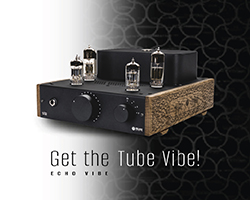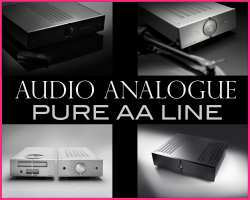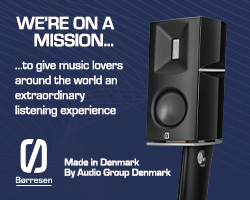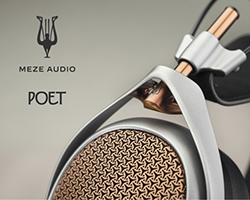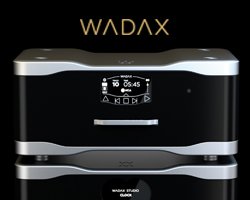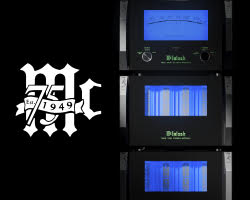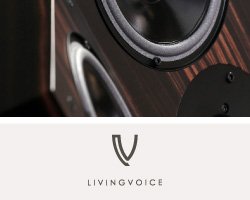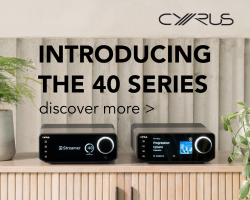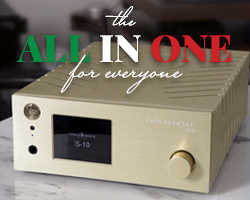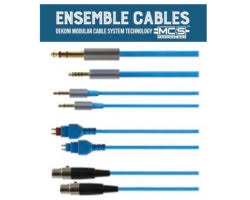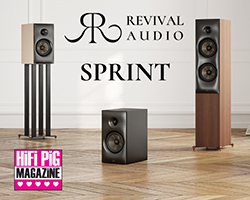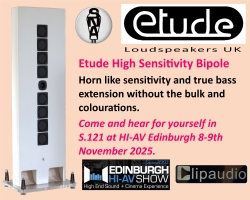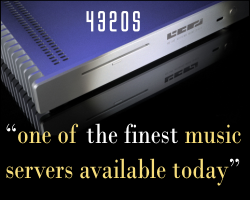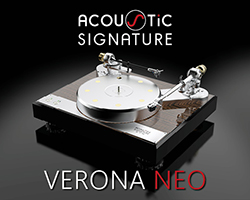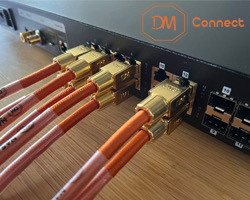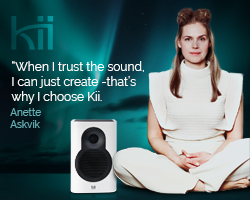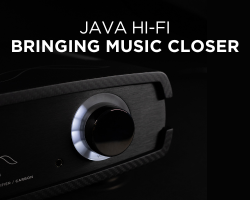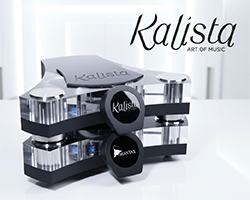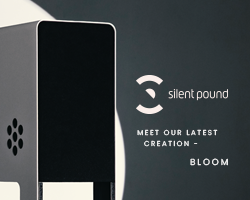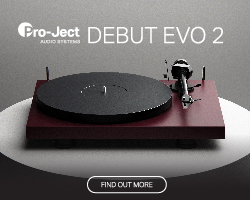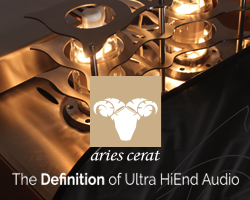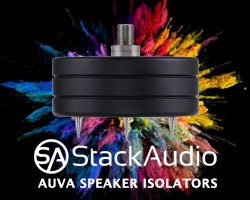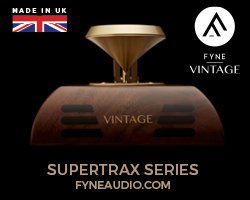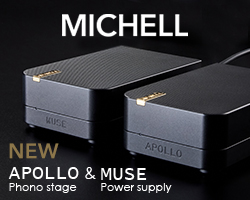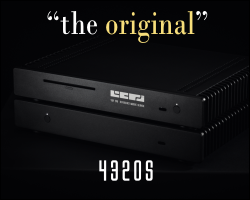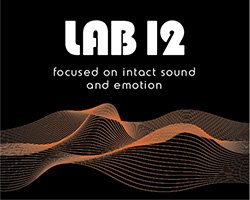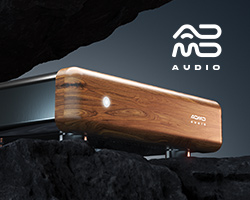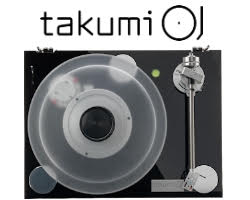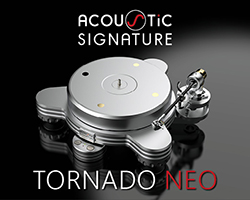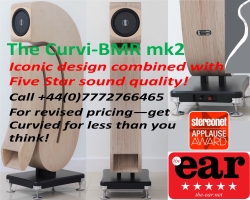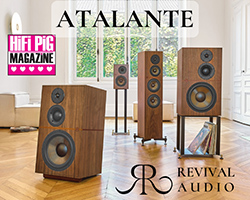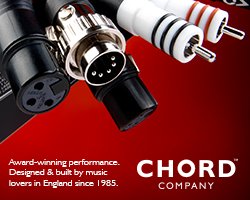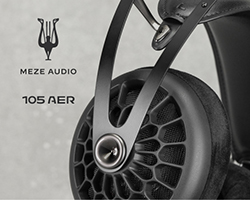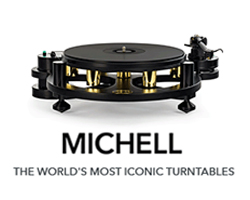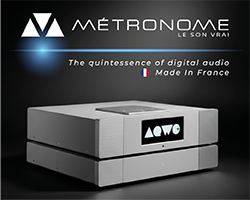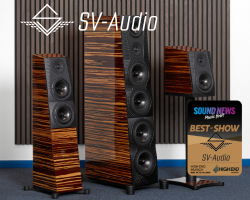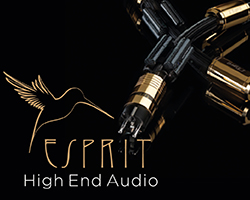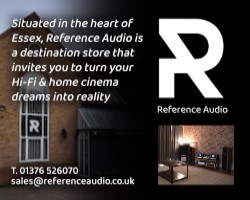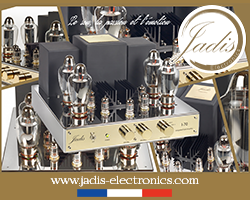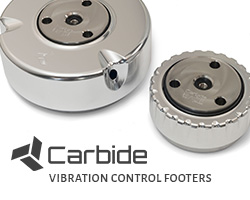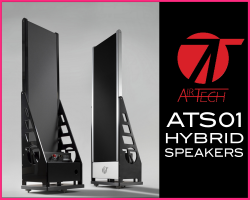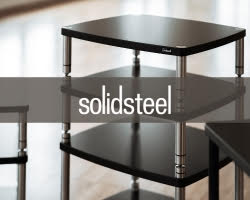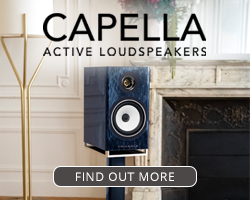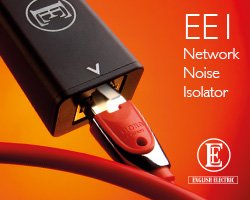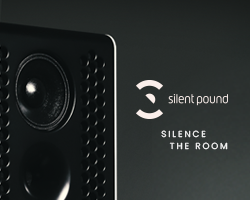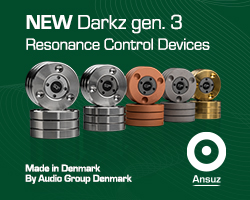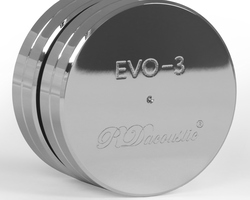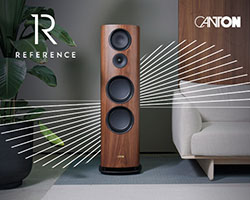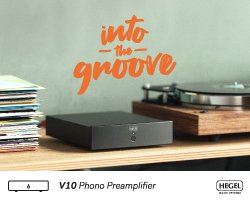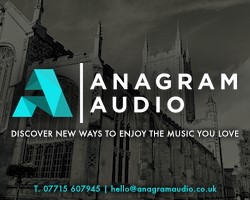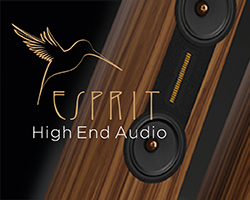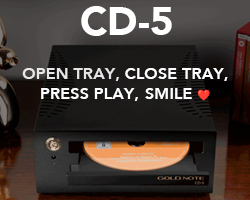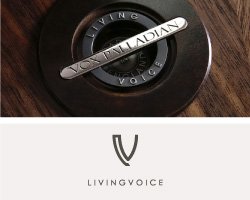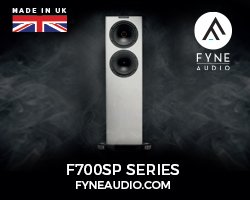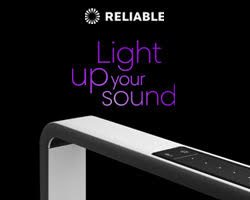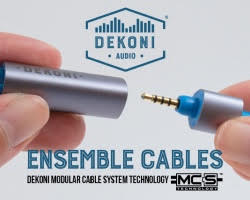DAUDIO MOB 2.5 OPEN BAFFLE LOUDSPEAKERS REVIEW
Daudio MOB 2.5 is an open baffle loudspeaker that is modular in construction. With the upgraded drivers and crossover, they cost 8130 Euros. Stuart Smith puts them together and sits for a very enjoyable time with them for HiFi PiG.
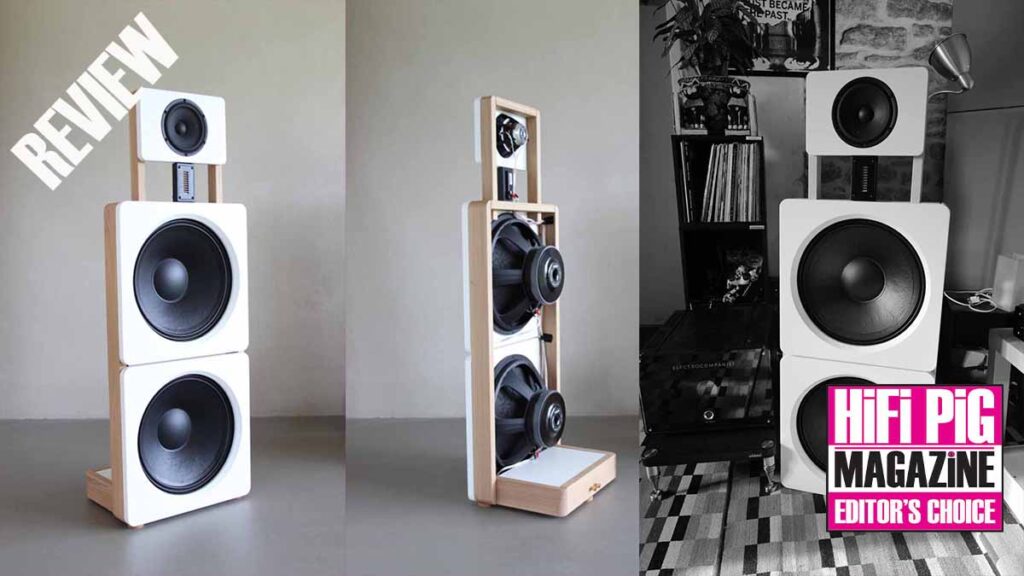
Every so often, a company comes along that decides to do things a little differently and we were lucky enough to wander into the Daudio room at the Dutch Audio Event a few years back and really enjoyed what we heard. I’ve always had a soft spot for Open Baffle designs as they just seem to have something quite special about them, particularly in the bass, and I’m sure many of you will have read both here and elsewhere about the wonders of OB Bass
Founded by Hans Beckeringh and Jeroen Dezaire, the brand is built on more than 35 years of experimenting, listening, and refining loudspeaker design. What unites the pair is a passion for music that sounds as natural as it does live, and a belief that the best way to get there is to embrace the open-baffle principle. Both are real-life musicians.
The name kind of says it all, really: Daudio = dipole design audio, pronounced Dau-di-o. No cabinets, no resonances, no time-smearing, just a clear, open window onto the music – or that is the goal at any rate .
From the pairs early days tinkering with drivers outside of cabinets, they discovered that open baffles, when combined with the right drivers, carefully calculated baffle dimensions, and proprietary crossovers, could deliver startlingly lifelike reproduction of voices and instruments.
Their philosophy is simple but uncompromising: music should be lifelike, three-dimensional, and emotionally engaging, and as close as possible to a live performance. Every innovation starts with an idea, then develops through trial, error, and refinement, often in close collaboration with suppliers. For Daudio, tweaking and listening isn’t just R&D, it’s part of the joy of building speakers.
By removing the cabinet, they remove the resonance chamber and the colouration, delays, and distortions that come with it. The result, they say, is a sound that is natural, fast, detailed, and spacious; music that you can listen to for hours without fatigue. In fact, Daudio often say that listeners rediscover familiar recordings with fresh detail, and feel a deeper emotional connection as a result – that remains to be seen, but I’m hopeful given what we have heard at the Dutch Audio Event in the past.
They also devote serious attention to design. Daudio speakers are meant to look as good as they sound, with a clean, contemporary aesthetic that integrates into modern interiors rather than overwhelming them. Their goal is always to build something acoustically excellent that also feels like a valued part of the living space. These are big speakers, for sure, but they also look really cool. Linette and I love them, but I’m not sure everyone would agree, and we kind of came up with the idea that they are an enthusiast’s loudspeaker that also happens to look great, depending on your eye.
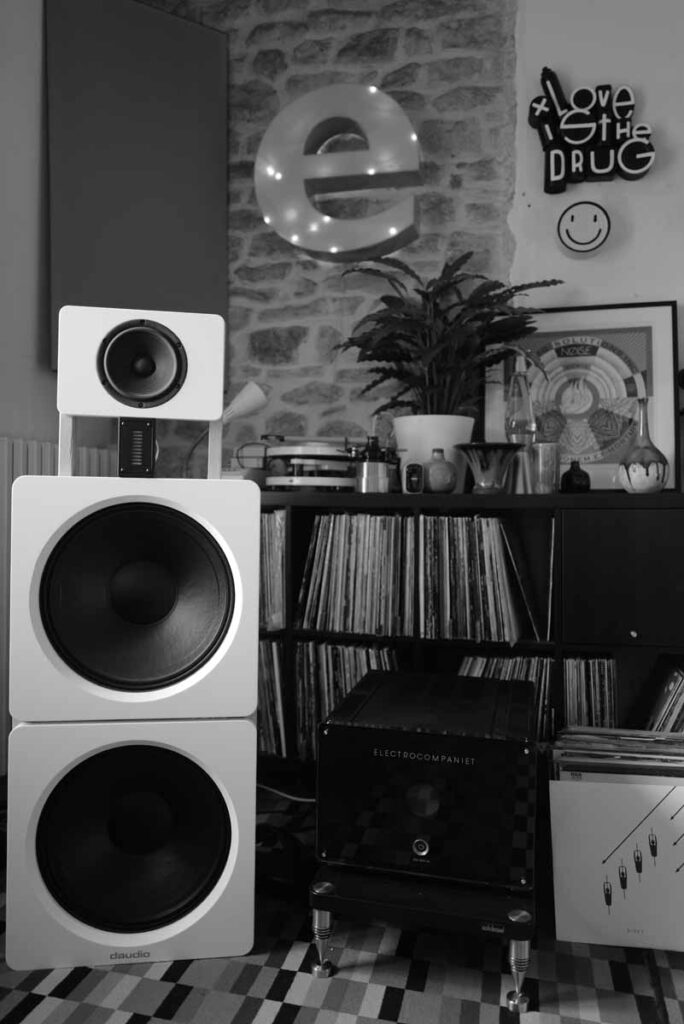
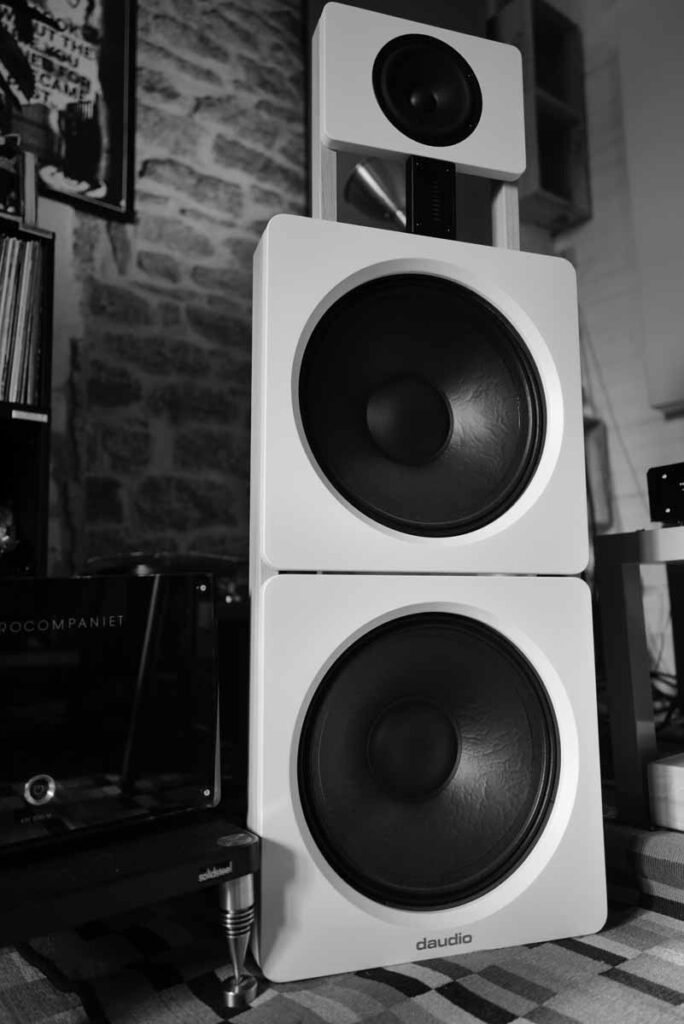
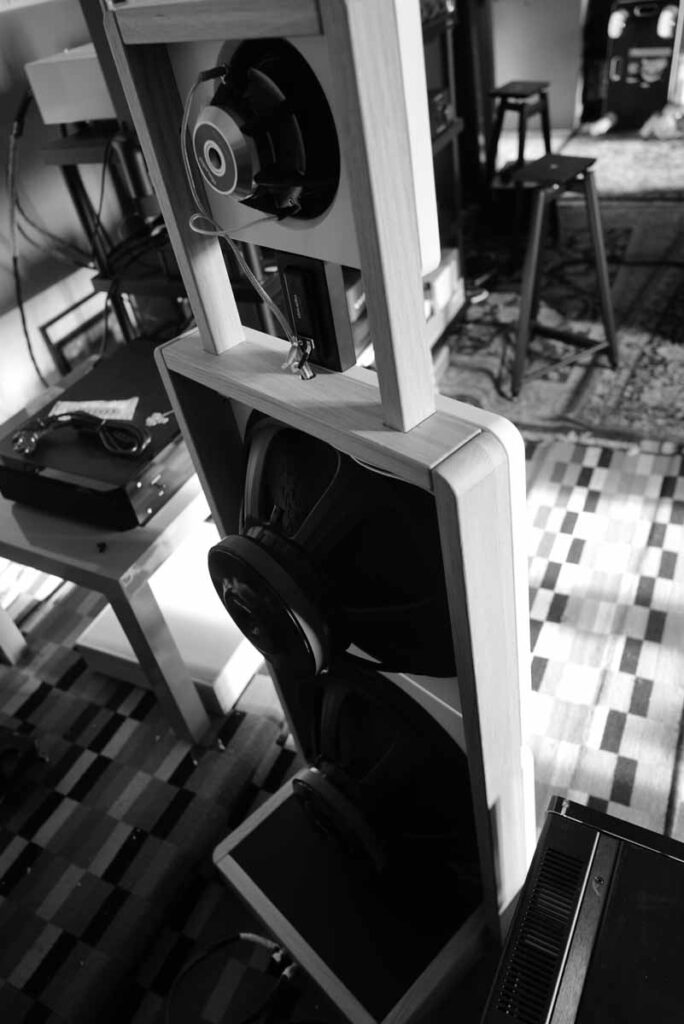
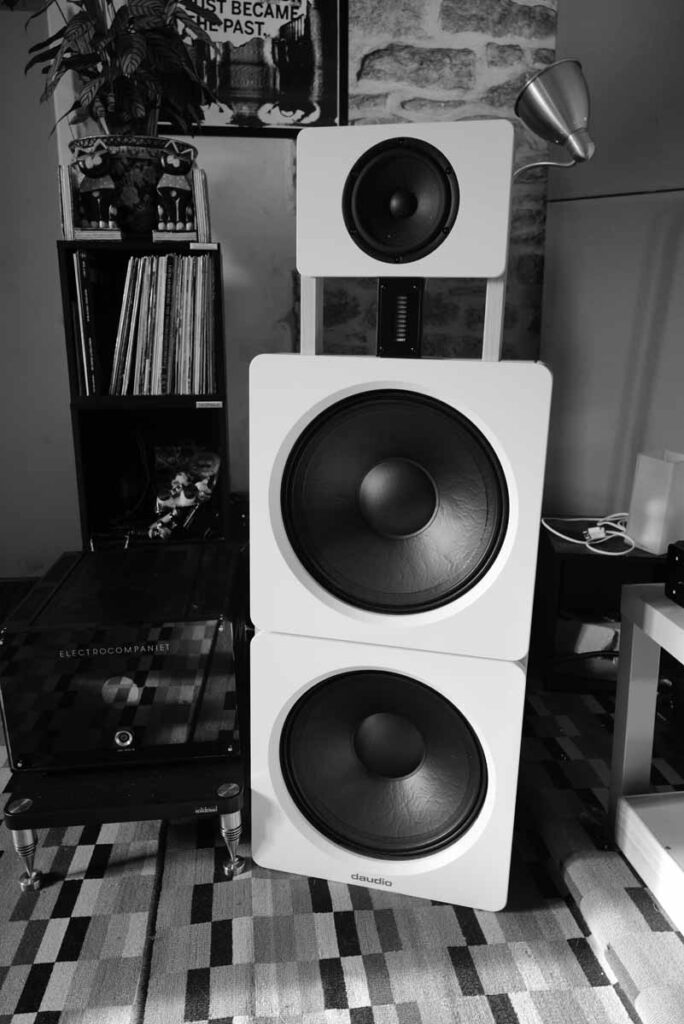
DESIGN AND BUILD OF THE MOB 2.5 LOUDSPEAKER
With the MOB (Modular Open Baffle), Daudio set out to bring their philosophy to a wider international audience. The MOB 2,5 is in the middle of the brand’s range but is still quite accessible from a price perspective. It’s designed to combine the natural, spacious Daudio sound with a modern look, modular flexibility, and an approachable price.
MOB 2.5 is a three-way open-baffle design, chosen deliberately over two-way wideband approaches used by some competitors. Daudio argues that this configuration offers a far more convincing performance across the frequency spectrum, delivering a seamless handover between the large woofers, the dedicated midrange, and the fast, Mundorf AMT. In practice, that means bass extending down to around thirty hertz, airy treble reaching all the way up to thirty kilohertz, and a smooth, coherent midband that ties it all together. Readers will know I like big drivers and AMTs, so from the outset the MOB2.5s caught my attention.
The bass duties are handled by a pair of fifteen-inch SB Audience drivers, developed as an improved alternative to the more common Eminence units found in many open-baffle designs. This is a lot of driver to cover bass, and they should certainly move some air in the room – our Avantgarde DUO CDs only have a pair of 12” drivers on each side. The midrange comes courtesy of SB Acoustics, with the standard MOB fitted with a PP cone driver, while the Premium Line version (like we have here) steps up to the papyrus-coned Satori driver. At the top end, Daudio employs an AMT tweeter in the Reference Line, but in the Premium Line model supplied, they use a Mundorf AMT, giving the speaker added speed and refinement.
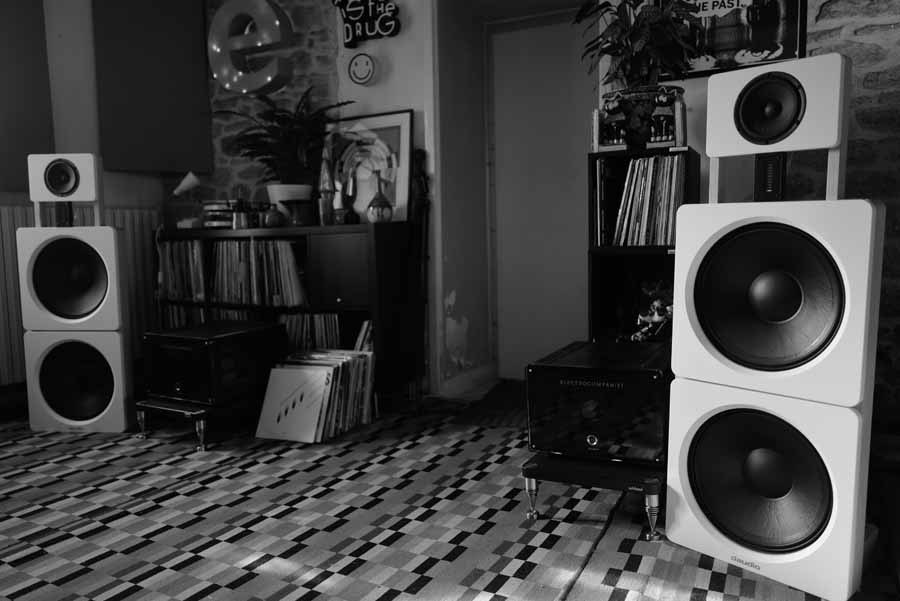
Efficiency is quoted at ninety decibels, which means the MOB is relatively easy to drive and not restricted to monster amplification, though we naturally hooked them up to our pair of Electrocompaniet AW800 M amps; overkill, perhaps, but I’ve always said that it’s best to have as much power on hand as you can. Oddly enough, as I’m typing this, I’m reminded of my dad and a comment he made about cars – “Always buy the most powerful car you can. You might never need to use the power, but it can get you out of situations a less powerful model won’t” (or words to that effect). Internally, silver-plated copper cabling is used throughout, and the crossover (a point of pride for Hans and Jeroen) has been designed to be both affordable and upgradable. The particular version supplied for review, labelled the MOB 2.5, came fitted with the Premium Line mid/high drivers and the upgraded crossover components, including higher-grade capacitors. It looks very cool but is housed out of sight in what makes the bass of the loudspeakers.
Physically, the speakers stand 123 centimetres tall, 45 wide and 31 deep, with each weighing in at around 25 kilograms. They have a presence, certainly, but it’s one that’s elegant and intended to fit comfortably into a modern living space.
I mentioned the Daudio MOB2.5 is modular, but you can also choose to have them delivered fully built, or you can opt to put them together yourself. Despite my DIY skills extending as far as being able to (mostly) put together an IKEA shelf unit without too much shouting or visits to A&E, I opted to build them myself. Several boxes arrived, and I duly unpacked them in the listening room. There was an online video that explained the process of putting the speakers together, and it was very useful to keep referring to. I did have one very small issue with one of the snap connectors, but that was overcome in no time and was likely as much user error as anything to do with the speakers. I reckon that all in all, the speakers took me a couple of hours to put together. All the tools were provided, and the instructions were clear and simple. I must confess that once the speakers had been put together an placed in their resting position (Daudio recommend a half metre from side walls and a metre from the back wall) I really did feel a sense of accomplishment and I reckon that if you are able, then assembling these speakers will be a bit of fun and something you can look at and say “I did that!” Anyway, I put some images and a short video together of the build so that you can see the process – really, it was dead simple and I did enjoy it!
The speakers were set up, slightly toed in towards the listening position and I blasted house and techno through them whilst DJing for a couple of days, despite having been told they were already run in. First impressions when DJing were that I really like these speakers and they were easy to mix on. They obviously go LOW, but the mids and tops were also very clear and I could hear the all important hats (I beat mix to them and snares in the main) and other percussion very precisely. However, I know you guys aren’t interested in this old fart trying to relive the halcyon days of their youth and still harbouring dreams of becoming an international DJ, so I’ll get on with the job in hand and tell you about how they sound.
SOUND QUALITY
Before listening, I put the speakers on some isolation pods we have, as we have a wooden floor with a large void beneath, and I’d found the bass a smidge boomy when playing on the decks; these worked a treat!
First track up was Radioactivity off the Minimum-Maximum Live album by Kraftwerk. The opening is one of those goosebump moments, and I recall having the same reaction the first time I heard it. The clarity of the “vocal” intro was very “live” sounding and very resonant in tone – in a good way. It’s a sinister sound and the atonal sounds (that come across incredibly well) add to the seriousness of the subject matter. As the track started, the one thing that really jumped out at me was the electronic bass kick which (like the “vocal”) had a real feeling of depth and resonance to it. The Morse code line was clean and pure-sounding in the way a sine wave is clean and pure. Behind that kick and the “drum” track is the thrum of the main bass line that really does carry a weight to it. As the drum track gets more affected with these huge “reverbs,” these cut through the rest of the track as they should, and I think this is the magic that the AMT tweeter brings to the table. One thing I will note here is that there is a real coherence to the sound from top to bottom, and I don’t ever feel like I’m listening to anything but a speaker that is working as one rather than hearing the individual drivers; the crossover on these speakers does its job very well. Overall, this is quite the exhilarating track on these speakers, with them kind of disappearing. I know that last comment sounds like reviewer bollocks, but the truth is they kind of do disappear, though they are physically pretty imposing in the room. As I’m reading back what I’ve written, Trans-Europe Express comes on, and I look up. The music seems to envelop me, and I’m sitting right at the heart of it with the break-beat bit about three and a half minutes in flying around my head. Again, I think this is the tweeter doing its magic. I crank Metal on Metal up to LOUD and the speakers don’t lose their composure at all, though there is a point in any domestic room where things do get too loud; with the MOB 2.5, that’s not too far on the dial as they are pretty sensitive – and being run by freaking powerful amplifiers! On that point, I do think these amps (Electrocompaniet AW900 M x 2) seem to be a really good match with these speakers, despite the apparent overkill situation.
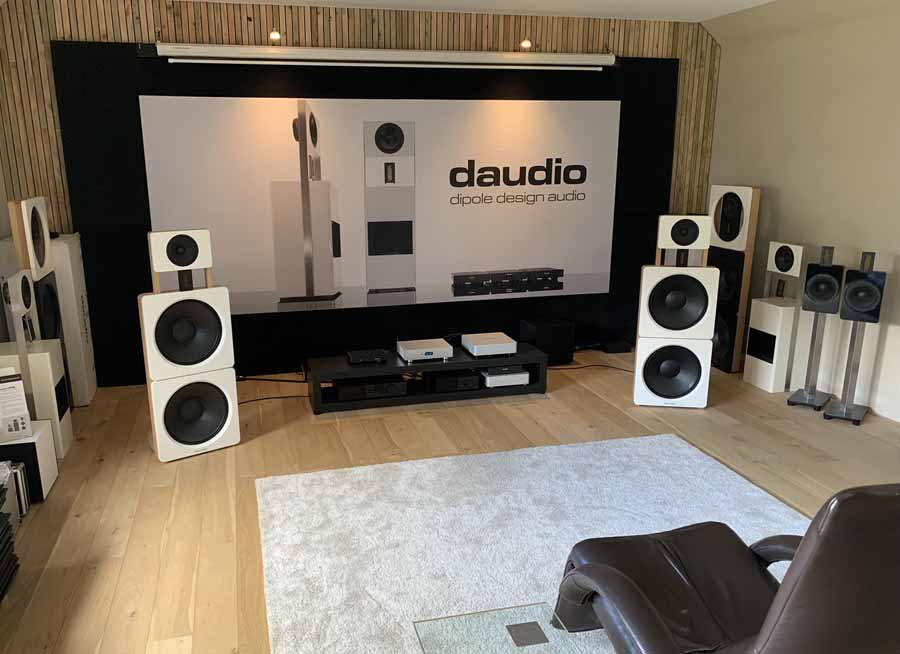
Next up comes King Of Sweden by Future Islands, which seems to be on constantly at the moment at HiFi PiG Towers. Samuel T, Herring’s vocals come over as clear as a bell and with the slightly “laidback” delivery that is correct. You hear all the little inflections in his delivery, and the words are very easy to comprehend, even with the synths and that nagging baseline going on in the background. It’s often the case that sounds in a mix come across as really delineated, but these speakers don’t seem to do that; they have the individual bits of the mix all present and in the correct place, but there’s also the feeling that you are listening to the track as a whole – you are listening to music rather than a series of instruments and noises, if that makes sense. The Tower comes on and the bass is prodigious (but not overblown), and you do feel it in your chest at decent volume. Look, you’ve got two 15-inch bass drivers at work on the end of powerful amplifiers, so there’s going to be air moved, but it’s not a flabby bass, and it’s quite different to some speakers we own that use a series of smaller drivers to deal with the bass. I’m inclined to say that these have a more “live” sound to them, much like the Ø Audio Icon 12s we’ve been using for some time now. It’s certainly different, and I do know that people have forever gone on about the magic of OB bass, and I get it, I really do; with these speakers, it is full and visceral (at volume), but not overblown or woolly. I like it!
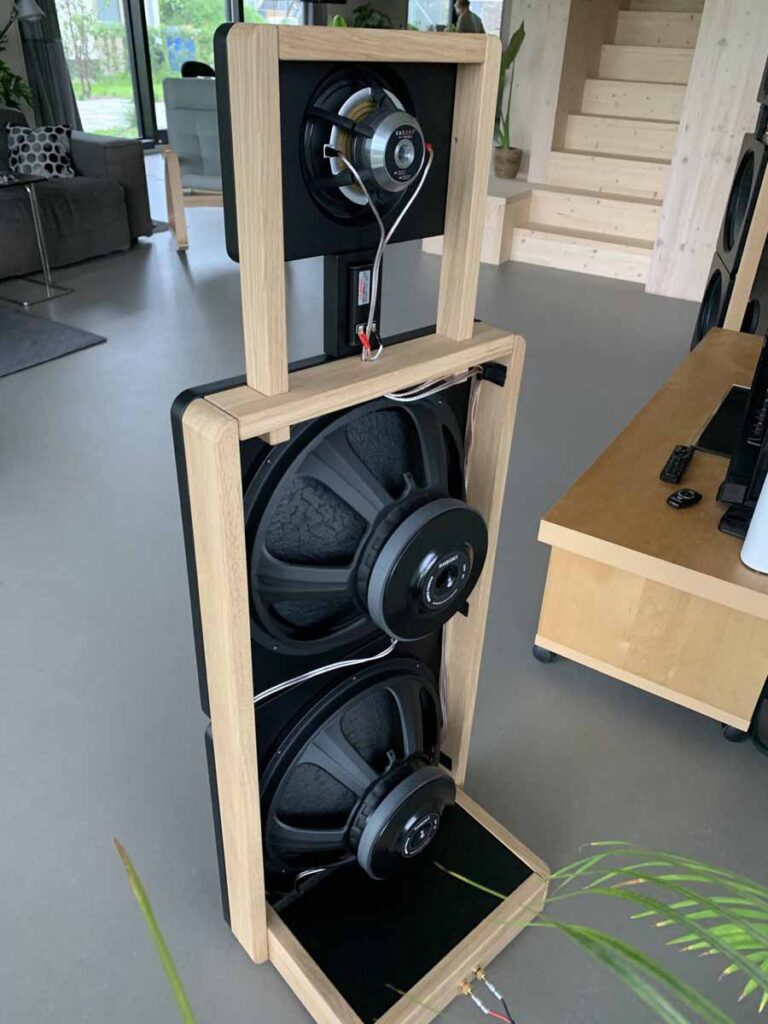
The Daudio guys mention in their blurb that when designing these speakers, they wanted to create as natural a sound as possible, but to this point, I’ve only really played electronic through them, and it’s all been really excellent. I suppose it’s time to dig out something a little more “acoustic”. Buddy Rich’s Birdland gets put on next, and from the opening applause and the first few bars of Mexicali Nose, there’s a sense of being sat in front of a live band. Rich’s drumming is frantic, and you hear all the little hits he makes…and then there’s the band. The “reality” of the sonic performance is such that in my mind’s eye I’m sitting in the audience looking at a band that is at my ear level, and I’m able to pick individual players out. Dynamically, the speakers are all there, reacting with speed and precision in a way that you just can’t help but tap along to. The horns can be a bit screechy in this track on some systems, but even though we have a very extended frequency response from the AMT, they don’t come across like that at all. Yes, they cut through the other instruments, but they also come across as sounding very lifelike and live. I make a note that it’s hard to believe that I’m sitting in front of a pair of speakers that, even with all the posh extras, costs less than ten grand – quite the performance, in my honest opinion.
When I first sat down to listen to these speakers and I was banging on about the bass, I thought, “I wonder what Lemmy would have made of these?” And so I put on some Motorhead and what better tune than Overkill with its relentless drumming, wall of sound guitar and bass, and himself. The sound is a bit compressed, but that’s just how this track is recorded. What is apparent throughout is Phil Taylor’s feet pounding the bass drum – you do hear every kick and can “see” him playing at the back of the stage. It’s a bit two-dimensional a track from a soundstage perspective, but the speakers really do get across the energy and frenzied nature of it in spades. I don’t recall taking a breath during the track – which is a good sign.
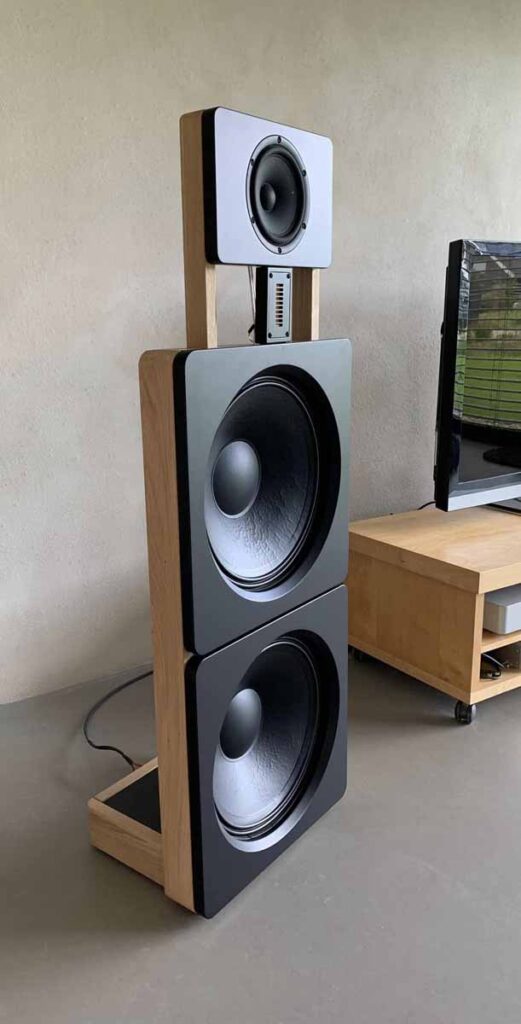
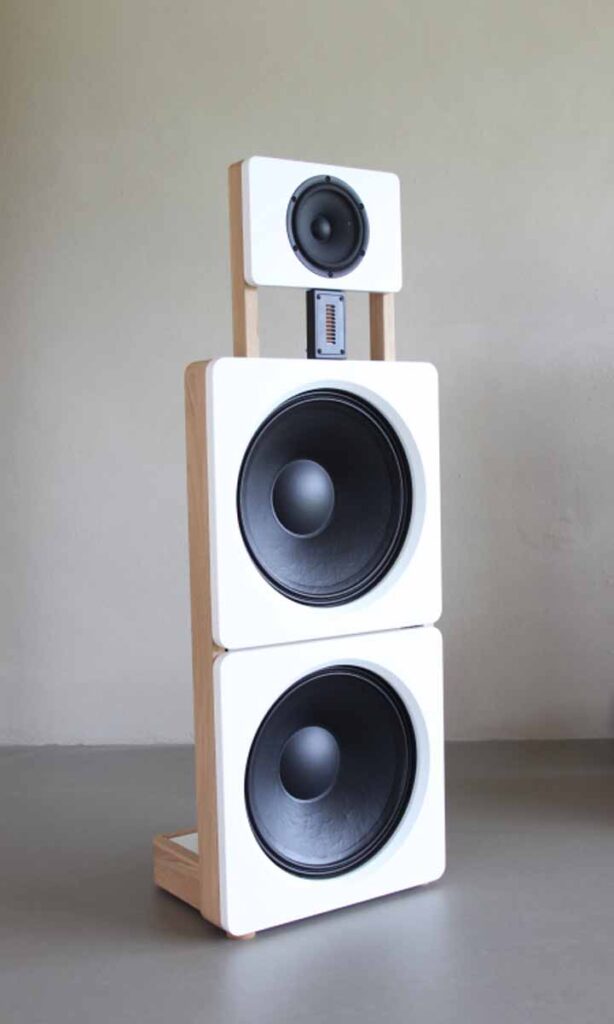
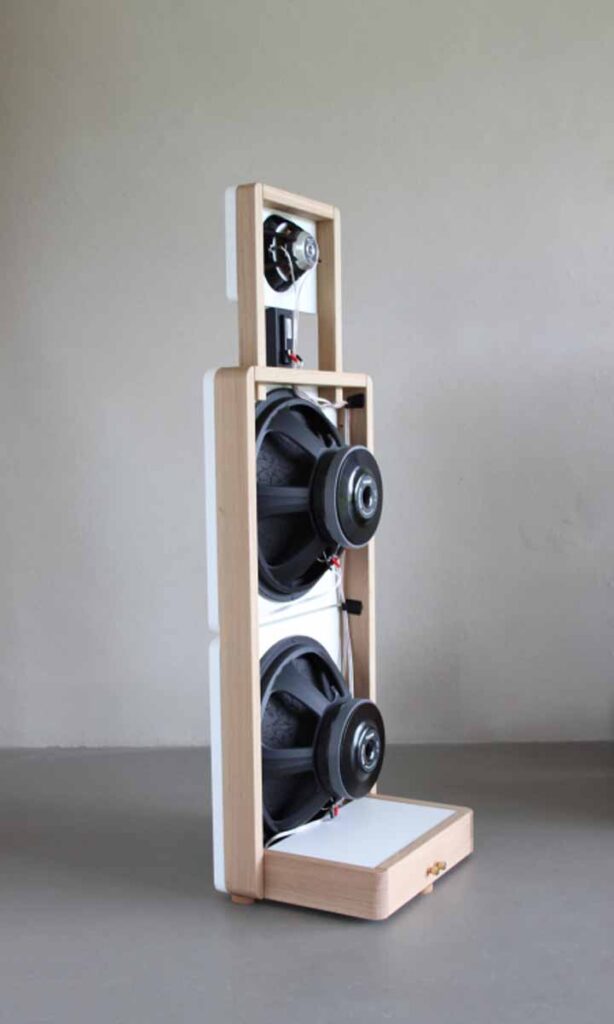
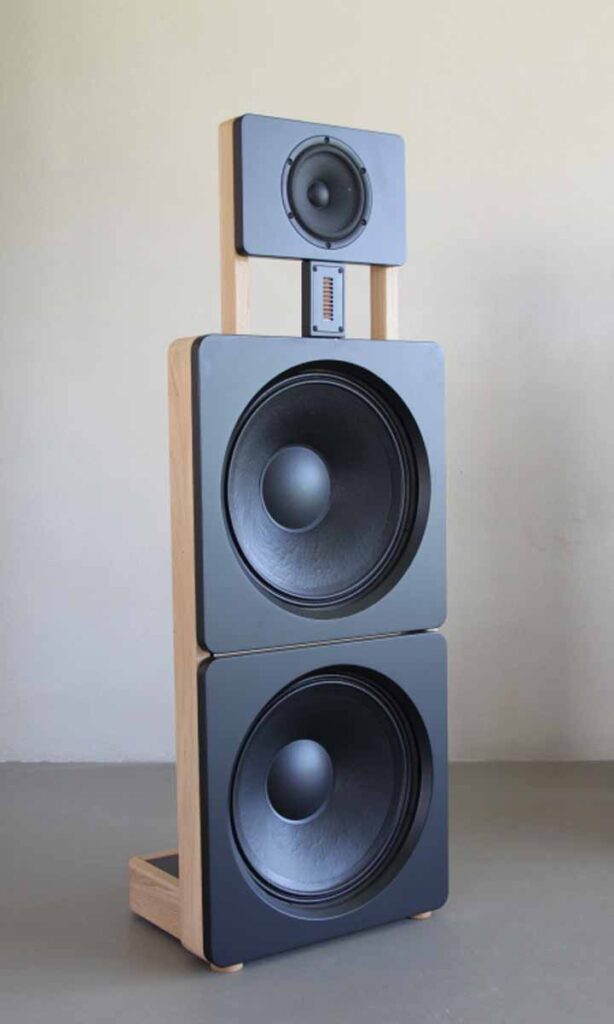
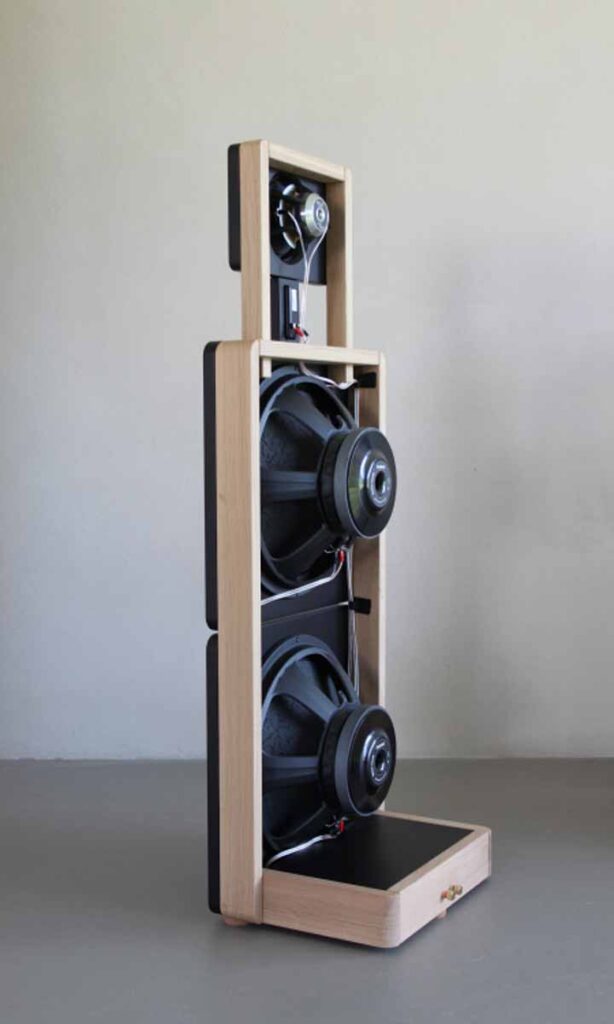
Toning things down a bit, I put on Emiliana Torrini’s Fisherman’s Women record from 2005. It’s a nice album, if you don’t know it. She’s Icelandic/Italian, and you can hear the Icelandic inflection of her voice easily on the MOB 2.5 speakers. The purity of the tone when she “ooohs” during Nothing Brings Me Down reminds me of the sine wave thing I mentioned earlier when writing about Kraftwerk; it’s clean, pure, and you can hear herself in it. I end up listening to the whole album and am thrilled by the way the speakers portrayed the relatively simple arrangements and tunes. Guitar has a purity of tone that shines through, and there’s a huge amount of subtle detail coming through the speakers; the way the guitar player’s fingers move over the strings and small plosives in her vocal delivery. It’s music! I did find here that to the imaging is best in the hotspot, but moving to either side of this, the imaging dropped off a little, but then that’s going to be the case with any speaker that has exceptional imaging qualities when in the sweetspot – long story short is this is just the nature of great imaging speakers and it’s no biggie!
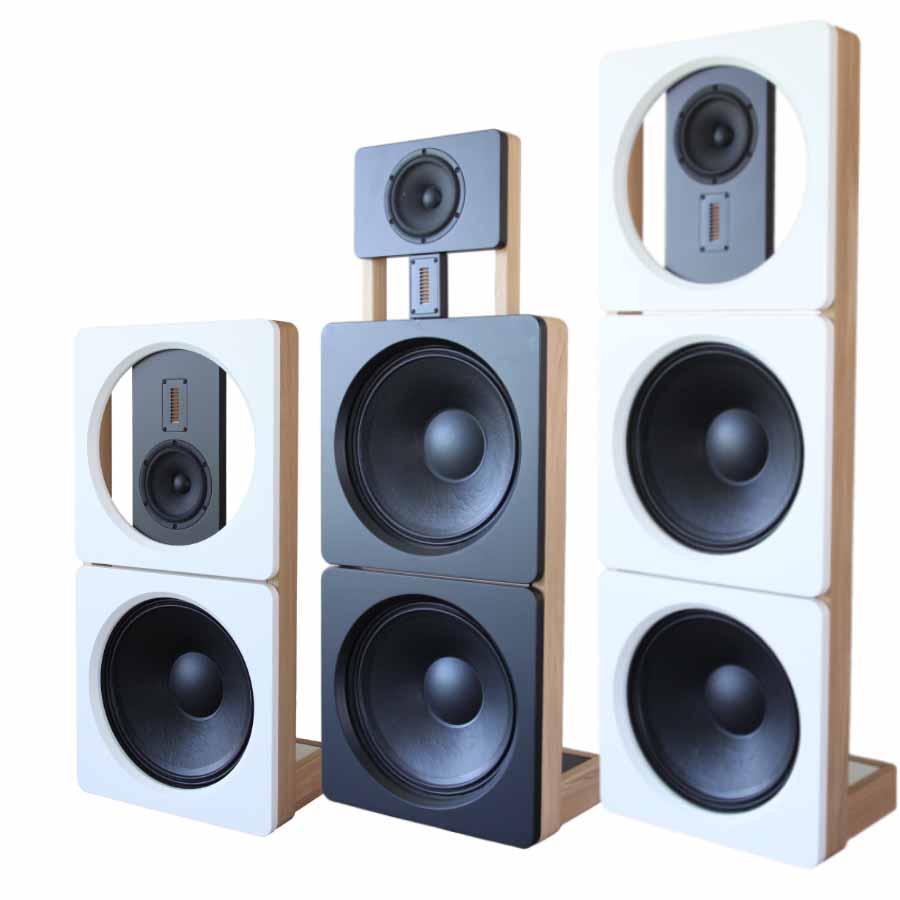
QUIBBLES
Push these too hard in a room that can’t take it, and they will sound overblown. They are a big speaker that move a lot of air in the bass, and being sensitive, they don’t need a lot of power up them to get to that point. That’s true of any speaker, I guess.
Aesthetically, these aren’t going to be to everyone’s taste, and the open nature of them with connecting wires being visible (if you go round the back) might preclude potential buyers with toddlers. That said, I don’t think our kids (back in the day) ever paid that much interest in our kit after an initial “Don’t touch that!” They are also a big speaker (they need to be to accommodate 2 x fifteen-inch drivers on each side), and that may put some off.
CONCLUSION
These are an exceptional speaker for the money, and I can heartily recommend them. However, if you are going down the open baffle route, you need to accept some compromises – not so much in sonic qualities, but certainly in the looks department. With that said, I really like the look of these speakers, though I’m aware they won’t appeal to everyone’s taste or what they can reasonably accommodate in their living space. Would I give them house room? Yeah, of course I would, they sounded awesome, whether I was banging out tunes on the decks or sat down listening more seriously.
The speakers do need space behind them (about a metre) and also to the sides (about half a metre), but if you can accommodate that, then give them a listen.
The build is fun too, and will add to the pride of ownership. I was (to say the least) a bit apprehensive about the build as DIY and I don’t really see eye to eye, but the online video instruction guide is easy to follow and bang on the money simple.
Sonically, these are a very nice sounding speaker that plays to what I like in a speaker; they move air in the bass, are clean and accurate through the mids and upper mids, and that AMT adds a good degree of airy magic to the mix. However, I guess the standout achievement with these speakers is the crossover network. Not once did I feel I was listening to 3 (4 really) drivers, and throughout my time with them, they gave me a sense of feeling coherent and presenting the music as a whole, rather than splitting it into its component parts.
Soundstaging is lovely when you are in the sweetspot, but moving out of that does affect the staging and imaging a bit. Nothing disastrous, but work mentioning. It’s also worth mentioning that this is going to be the case for all speakers that image wonderfully when sat in the sweetspot.
They are a sensitive speaker and you’d get away with a lowish powered amplifier, but, for me, I’m very pleased I had the power reserve of the big Electrocompaniet amps to deliver dynamic power when it was called for.
I guess that the Daudio MOB 2.5 could be seen as an enthusiast’s loudspeaker, but I think they are actually a bit further ahead of the game than that. Yes, they are an esoteric design that may not be familiar to “lifestyle” buyers, but they also have a certain design appeal that makes for a bit of a talking point in the room.
I usually have music on when I’m writing up my notes and this one was no different. Hotel California came on and I genuinely don’t know if I’ve heard it sound better than this in this room and on this system. All that coherence, dynamics, and everything else I batted on about above was all there! Fabulous! And then a tune I hate (Sultans of Swing) actually sounded pretty incredible, too!
I’m giving these an Editor’s Choice award and it really was Hotel California that swung them from being a high 5 Hearts to our top award, though I’m aware they aren’t going to be for everyone given other stuff I’ve outlined above.
AT A GLANCE
Build And Features:
Build them yourself, you’ll get a good deal of satisfaction out of it, and if I can do it anyone can
They are big and have wires and drivers open at the back (by design, obviously) and so may not be suitable for everyone
It’s going to be a personal thing, but I reckon the MOB 2.5 look fab – YMMV
Quality parts used throughout
Sound Quality:
Dynamic, detailed, and clear-sounding
Move a lot of air when they are cranked up a bit
Highly musical
Soundstaging can fall a little out of the hotspot
Bass is prodigious but balanced
Sounded great with everything from electronic to metal and everything in between
The one thing I will take from these speakers is how coherent they sound, and that is down to a well-designed and executed crossover
Value For Money:
They are a chunk of money, but represent a great deal
We Loved:
Their looks, their sound, their dynamics (particularly this), and their sheer musicality
The build was great fun
We Didn’t Love So Much:
Not a lot, other than the imaging being best in the hot seat
Some won’t like the looks
Elevator Pitch Review: Daudio makes open baffle speakers, which means they make speakers that don’t have a box. This seems like it’s just a case of bolting drivers to a panel, but the real magic in this design lies in the choice of those drivers and the way the crossover separates out what frequencies are going to which drivers – and these get this very right! You get to build these speakers yourself, but that’s a good deal of the fun, and it’s a couple of hours of a job. Sonically, they are wonderfully detailed through the mids and have an airy top-end provided by the AMT tweeter. The bass (there are two 15” drivers) is exceptionally good and without flabiness that can come with such big drivers. I loved my time with them!
Price As reviewed: 8130 Euros (this includes 550 for premium mid/high drivers and 230 for the luxury crossover).

Stuart Smith























































